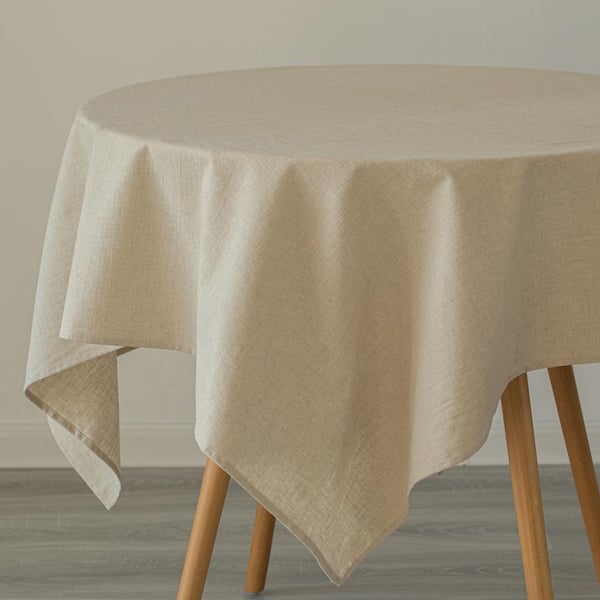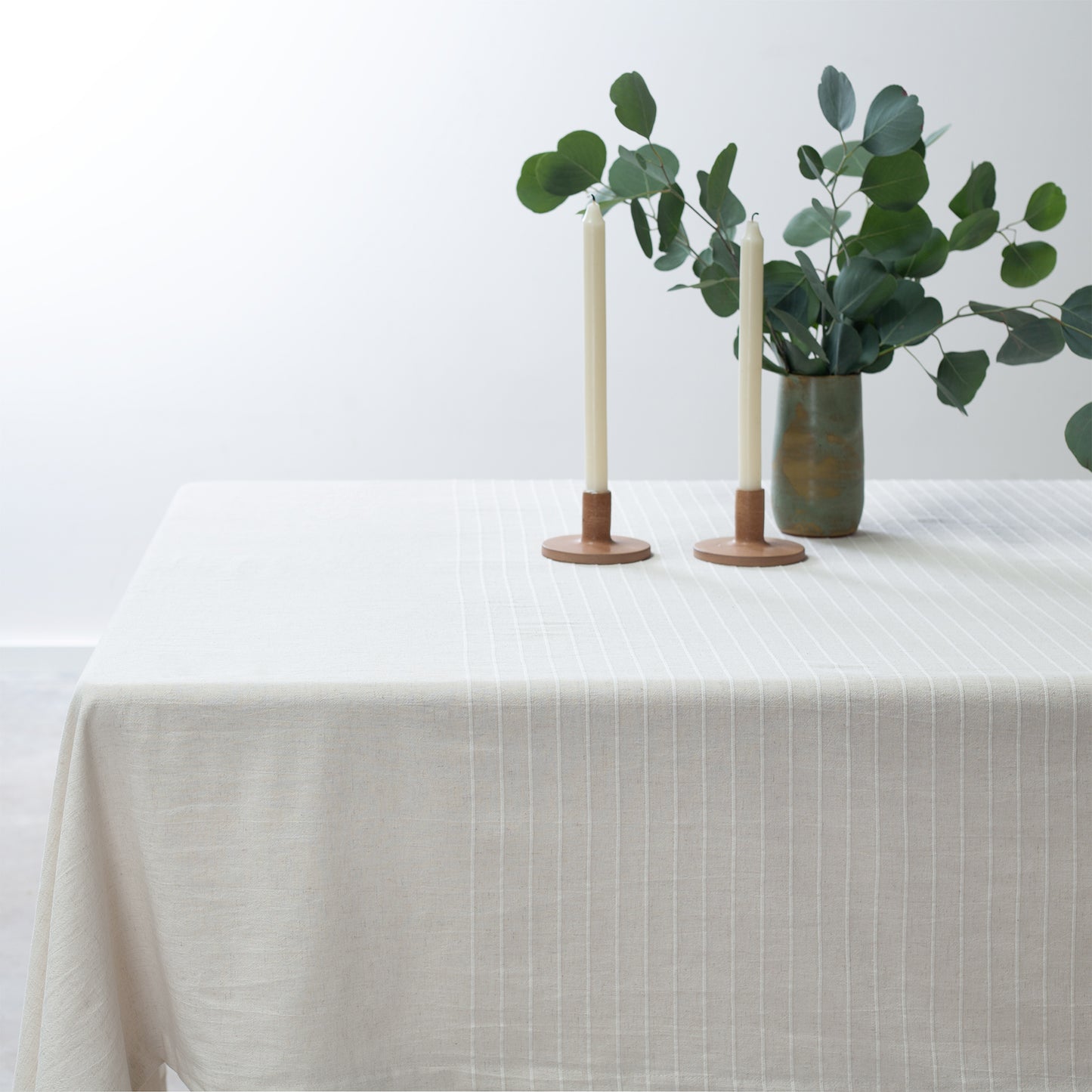Top-notch Flat Sheet Option: Convenience and Sturdiness for each Bed
Top-notch Flat Sheet Option: Convenience and Sturdiness for each Bed
Blog Article
Bed Linen Textile Developments: Discovering Modern Trends and Creative Applications in Layout and Textile Industry
From lasting production techniques to innovative weaving innovations, the evolution of linen is reshaping the landscape of the fabric sector. As we dive into the realms of innovative style applications and the appearance of linen blends and crossbreed materials, a new phase unfolds in which linen's function in future fabric innovations takes center stage.
Lasting Practices in Bed Linen Manufacturing
Lasting techniques in bed linen production have actually come to be increasingly essential in the fabric sector's efforts to minimize environmental impact and advertise honest sourcing methods. Bed linen, an all-natural fiber originated from the flax plant, provides a variety of benefits such as breathability, biodegradability, and sturdiness. Nonetheless, traditional techniques of linen manufacturing can involve significant water consumption, pesticide use, and energy-intensive procedures.
To attend to these obstacles, several textile makers are embracing lasting techniques throughout the bed linen production procedure. This includes sourcing flax from natural ranches that stay clear of unsafe pesticides and chemicals, implementing water-efficient retting techniques to essence fibers from the flax stalks, and using green dyes and surfaces. In addition, some firms are investing in eco-friendly energy resources to power their manufacturing facilities and lowering waste through recycling and upcycling efforts.
Technical Improvements in Bed Linen Weaving
With the expanding emphasis on lasting methods in bed linen manufacturing, the fabric sector is now observing a surge in technological innovations specifically focused on changing the art of bed linen weaving. These technologies are reshaping the means bed linen materials are generated, offering raised effectiveness, top quality, and creativity in weaving methods.
One of the essential technical developments in linen weaving is the integration of digital looms. These innovative looms are geared up with software program that enables complex and complex styles to be woven with precision. By digitizing the weaving procedure, suppliers can attain greater uniformity and accuracy in their linen fabrics.
Furthermore, advancements in yarn spinning innovation have made it possible for the production of finer and more sturdy linen yarns - table cloths. This causes softer and smoother linen fabrics that preserve their high quality even after multiple uses and laundries
Additionally, the advancement of green dyeing processes and finishes for linen fabrics is getting grip. These sustainable methods not just decrease the ecological impact yet additionally cater to the raising customer demand for fairly generated fabrics.
Creative Layout Applications for Linen
Cutting-edge creative strategies are increasingly forming the creative design applications for bed linen in the fabric industry. Bed linen's all-natural aesthetic charm and capacity to blend with other materials make it a favorite choice for creating distinct garments and devices that cater to the environmentally aware consumer.
In addition, designers are experimenting with linen in home decor, utilizing its long lasting and breathable nature to craft fashionable furnishings such as curtains, bedding, and upholstery. The structure and drape of linen bring a sense of class and convenience to indoor rooms, including a touch of elegance to modern homes.

Bed Linen Blends and Hybrid Fabrics

Hybrid fabrics, on the other hand, take the idea of blending an action better by integrating additional elements such as metal strings, recycled materials, or conductive fibers. These innovative fabrics not just broaden the design possibilities yet likewise present practical aspects like conductivity, antimicrobial buildings, or improved resilience. Crossbreed fabrics are significantly being used in various markets, including style, interior style, and technical fabrics, get more where the demand for multifunctional products is on the surge.
Linen's Function in Future Textile Innovations

In the world of future textile advancements, bed linen is expected to be an essential gamer in the growth of advanced practical textiles. Scientists and designers are discovering ways to improve bed linen's inherent top qualities through technological innovations, such as incorporating clever fabrics, nanotechnology, and performance coatings. These advancements intend to raise linen's efficiency characteristics, making it suitable for a broader variety of applications, from activewear to protective garments.
In addition, the mix of bed linen with various other all-natural or artificial fibers opens up limitless opportunities for producing unique fabrics with special residential or commercial properties and functionalities. By leveraging linen's characteristics and exploring innovative blends, the textile sector is positioned to present amazing growths that Recommended Reading satisfy developing consumer needs and sustainability needs.
Verdict
Finally, the expedition of lasting methods, technological developments, creative design applications, bed linen blends, and its function in future textile innovations highlight the constant evolution of bed linen textile in the contemporary design and fabric market. With a concentrate on innovation and creativity, the versatility and eco-friendly nature of bed linen make it a useful material for developers and makers alike, leading the way for more growths and developments in the area of fabrics.
As we delve right into the realms of creative style applications and the development of bed linen blends and hybrid fabrics, a brand-new chapter unfolds in which linen's function in future fabric technologies takes center stage.
Exploring the fusion of bed linen with various other fabrics has led to the emergence of ingenious blends and crossbreed textiles in the modern textile sector. Linen blends use an unique mix of the qualities of bed linen with those of other fibers, resulting in materials that have enhanced properties such as boosted resilience, boosted draping, and decreased wrinkling.The advancement of linen blends and hybrid textiles has actually set the stage for Bed linen to play a pivotal function in driving future fabric technologies.In the realm of future fabric technologies, linen is expected to be a key player in the advancement of innovative functional fabrics.
Report this page